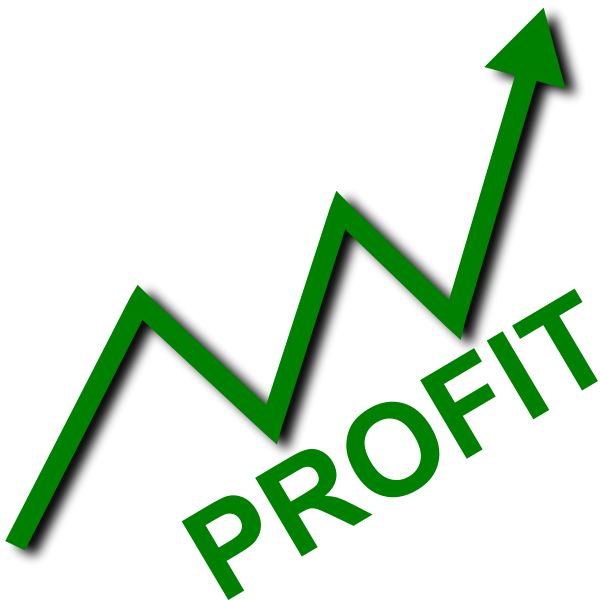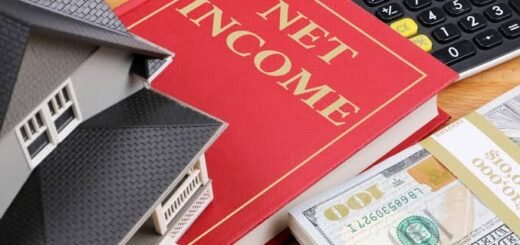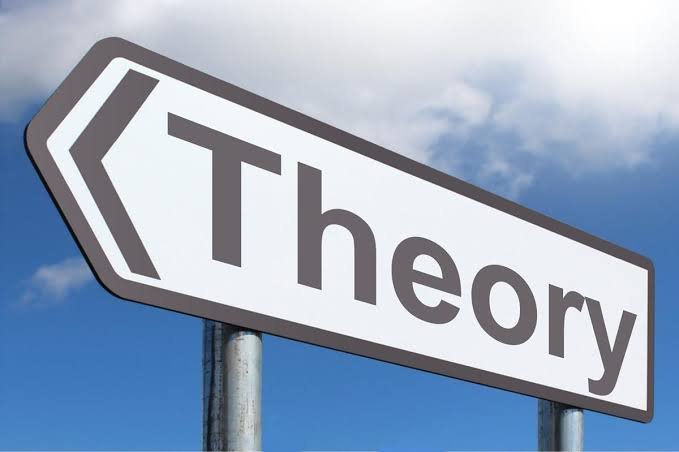Measurement of Profit

The difference between accounted profit and finan- cial profit makes measurement of profit complicated. The question arises as to what to include in opportunity cost and what not to. Measurement of profits is not easy even from accounting point of view. In the financial analysis of company accounts because of some accounting traditions many serious complications arise. In this way following are the important aspects or problems of measurement of prof- its where the use of accounting profit and financial profit show different results.
1. Cost Concept – the problem of measurement of profit starts with the concept of accounting itself. There is no contention that apparènt and clear costs should be in- cluded total cost but contention arises regarding the problematic costs. Economists want that costs should be inclu- sive of private ownership and wages, taxes and interests on means used for private use because if these means did not belong to the industrialist himself then he would have to spend on them. Whereas accountants regard them as profit.
According to Prof. Joel Dean, “These opportunity costs do not appear on the books and hence are excluded from con- ventional profits.” In this way there is a difference in how accountants view profits and how economists view it. Ac- countants disregard opportunity costs.
2. Depreciation – except land all other immovable sources of income of the firm over the passage of time lose their utility due to constant use. Thus while calculating true profit depreciation must be deducted from the total profit. According to economists depreciation is the use of money. Use of money is the transfer cost of equipment. Under this the opportunity cost of the equipment is also included. On the other hand in the opinion of the accountants, deprecia- tion is periodic allotment of expenditure of money. Also the methods of allotment of ancient or original cost, for example Simple Line Depreciation Method, Earth Balance Method,Annual Method, Service Unit Method etc. also, as per the nature of the firm, keep changing from one firm to the other which changes the depreciation load and the level of profit.For example, high depreciation has to be paid in industries like Iron and Steel Industry, Aluminium Industry, Road and all other types of Transport etc. whereas it is comparatively less in bank and insurance industry, confection- ery and whole sale trade etc.
3.price Level Changes and Asset Valuation – while profits of a firm valuation of the following types of assets should also be done-
(i)Land – the valuation of land is important for wo reasons: First, inflation and Second, possible change in its utility. Generaly accountants keep the land at its original cost in the firm’s balance sheet whereas its present cost is many times more than its original cost. According to economists the increased market rates in the market cannot be ignored.
ii.Other Fixed Assets – generally it is seen un- der accountancy that the value of fixed assets is calculated as per their original cost rather than their present market cost i.e. . it disregards the ups and downs of the market. In the present times of inflation only the return gotten on expendi- ture done years ago will not be enough as the substitute of the asset. Also because ofthe intense technological changes equivalent substitute is not available. Thus for a more de- veloped substitute even the cost will be high. Economists are of the opinion that because of disregard of inflation, technical changes etc by accountants in the calculation of profits there will be serious errors seen in the financial conditions of the firm.
(ii)Inventories- here also due to usage of accountancies practices and financial perspectives differ- ent results are obtained while measuring evaluating profit. It is necessary in balance sheet to valuate cost of those goods which are present in the inventory and which will later pro- duce income to be listed as present assets. Accountants insist on cost should be accepted in the form of basic or primary basis for cost valuation of the inventory. If costs remain stable and the inventory levels remain the same then it will not be very difficult to measure the difference in in- ventories. But practically it is seen that prices go up and down. The costs of the material keep changing. For different lots of the same commodity bought at different times differ- ent prices may have to be paid. These factors create prob- lems in the valuation of cost of commodities sold and those remaining in the inventory, both. Accountants generally use the following three methods for inventory valuation –
First – in, First – out FIFO- according to this method the goods are taken out of the stock in the order in which they have been received.
(ii) Last – in, First – out – LIFO -according to this method the goods received last in the stock are cleared first for the process of de – construction.
iii.Weighted Average – under this method a
the various lots bought at afferent age costs while cost valuation of the inventory.


